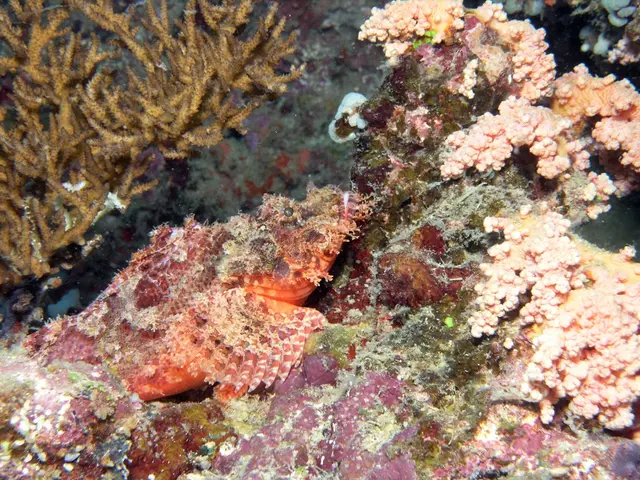NREL Study Warns of Long-Term UV Degradation in N-Type Solar Modules
Scientists from the U.S. National Renewable Energy Laboratory (NREL) have published a study in 'Progress in Photovoltaics' titled 'UV + Damp Heat Induced Power Losses in Fielded Utility N-Type Si PV Modules'. The research, led by NREL, explores the long-term effects of ultraviolet-induced degradation (UVID) in n-type solar modules, highlighting significant issues in current testing standards.
The study, conducted in 2025, focused on a 3 MW commercial rooftop PV system using n-type modules with PERT technology. Researchers found that while current IEC 61215-2 standards assess UV-induced degradation (UVID), they may not accurately predict long-term risks due to minimal UV exposure requirements.
Under real-world conditions, UVID caused severe series resistance degradation in the modules, leading to approximately 2.4% annual degradation in performance over six years. The study also revealed that damp heat stress following UV exposure exacerbated these issues. Moreover, UVID resulted in surface recombination losses and a lack of zinc in metallization paste. Notably, UV exposure beyond the IEC 61215-2 MQT10 standard (15 kWh/m, 280-400 nm) was necessary to cause measurable power loss, indicating that current standards may underestimate UVID risks.
The NREL study underscores the need for revised testing standards to better assess long-term UV-induced degradation in n-type solar modules. As the solar industry continues to adopt n-type technology, understanding and mitigating UVID is crucial for ensuring the longevity and reliability of these systems. Further research is needed to develop more robust testing procedures and improve module designs to withstand long-term UV exposure.
Read also:
- Klinikum Landshut Recognized for Exceptional Care in Breast Cancer, Urology, and Orthopedics
- Senate Tillis under spotlight in North Carolina as IRA tax incentives remain uncertain
- Girona Boosts Hunter Safety with Automated Defibrillators
- projected growth for the natural acetoin market: $291.6 million by 2034








